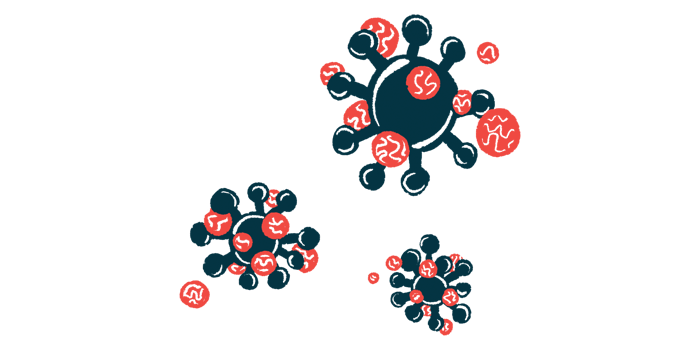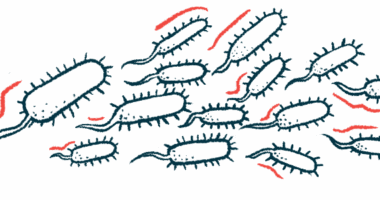Case Report: Warm AIHA Plus CAD Possibly Triggered by COVID-19

The virus that causes COVID-19, SARS-CoV-2, may have triggered both warm and cold autoimmune hemolytic anemia (AIHA) in a 51-year-old man, a case study reports.
The case report, “Warm and Cold Autoimmune Hemolytic Anemia in the Setting of COVID-19 Disease,” was published in the journal Cureus.
AIHA comprises a group of disorders in which red blood cells are destroyed by the body’s own immune system. In these rare disorders, autoantibodies bind to red blood cells causing them to clump together and rupture. Red blood cell destruction, in turn, leads to anemia.
In cold AIHA, also known as cold agglutinin disease (CAD), red blood cell destruction is triggered by IgM autoantibodies that bind to these cells at low temperatures. Conversely, in warm AIHA, this process is driven by IgG autoantibodies that bind more easily to red blood cells at higher temperatures.
Warm AIHA has been associated with blood cancers, autoimmune disorders, infections, and certain medications. Similarly, CAD also can be triggered by certain infections and autoimmune diseases.
A few studies have suggested an association between COVID-19 and either CAD or warm AIHA. However, for the first time, according to researchers at the University of California Irvine Medical Center, a patient has been diagnosed with both CAD and warm AIHA after contracting COVID-19.
The patient sought treatment for weakness and symptoms of jaundice — a condition in which the skin and the whites of the eyes turn yellow due to the buildup of bilirubin, a body waste product, in the blood.
He experienced recurrent fever and confusion one week before seeking medical assistance, and two days before he started having fatigue, jaundice, and dark urine. He had no family history of sickle cell disease, thalassemia, or malignancies.
Lab tests revealed the patient had low hemoglobin levels (3.1 g/dL; normal range: 13.8–17.2 g/dL) — the protein in red blood cells that is responsible for oxygen transport — and a high white blood cell count (41,400 cells per microliter (mcl); normal range: 4,000–11,000 cells/mcl). He also tested positive for COVID-19.
CT scans revealed the patient had fatty liver disease, called hepatic steatosis, as well as an enlarged spleen. To counteract his low hemoglobin levels, a sign of anemia, the man was transfused with four units of packed red blood cells, which increased his hemoglobin levels to 6.8 g/dL.
Next, researchers performed a direct antiglobulin test (DAT), also known as a direct Coombs test, to detect the presence of antibodies bound to red blood cells. The test came back positive for IgG and C3 complement antibodies, consistent with a diagnosis of warm AIHA.
An immediate spin, a test used to detect “cold” antibodies, also came back positive, indicating the patient had CAD in addition to warm AIHA.
On his second day in the hospital, the man’s hemoglobin levels dropped to 6.6 g/dL and he received a fifth unit of blood. All tests for hepatitis B, C, and HIV came back negative, and no evidence of other blood disorders was detected.
He was treated with the corticosteroid prednisone at a daily dose of 100 mg and discharged on day eight of his hospital stay. At a follow-up visit one month later, his dose was reduced to 80 mg daily, and then further lowered to 60 mg daily at his two-month consultation.
The man’s blood tests were normal two weeks after discharge. But 70 days (just over two months) after leaving the hospital, DAT was again positive for IgG and anti-complement antibodies. His prednisone dose was further decreased to 50 mg daily.
“To our knowledge, this is the first case of both warm and cold AIHA presenting simultaneously in COVID-19 infection. Unlike most cases in the existing literature, this patient had no history of underlying [blood disorders] and both warm and cold AIHA,” researchers wrote.







